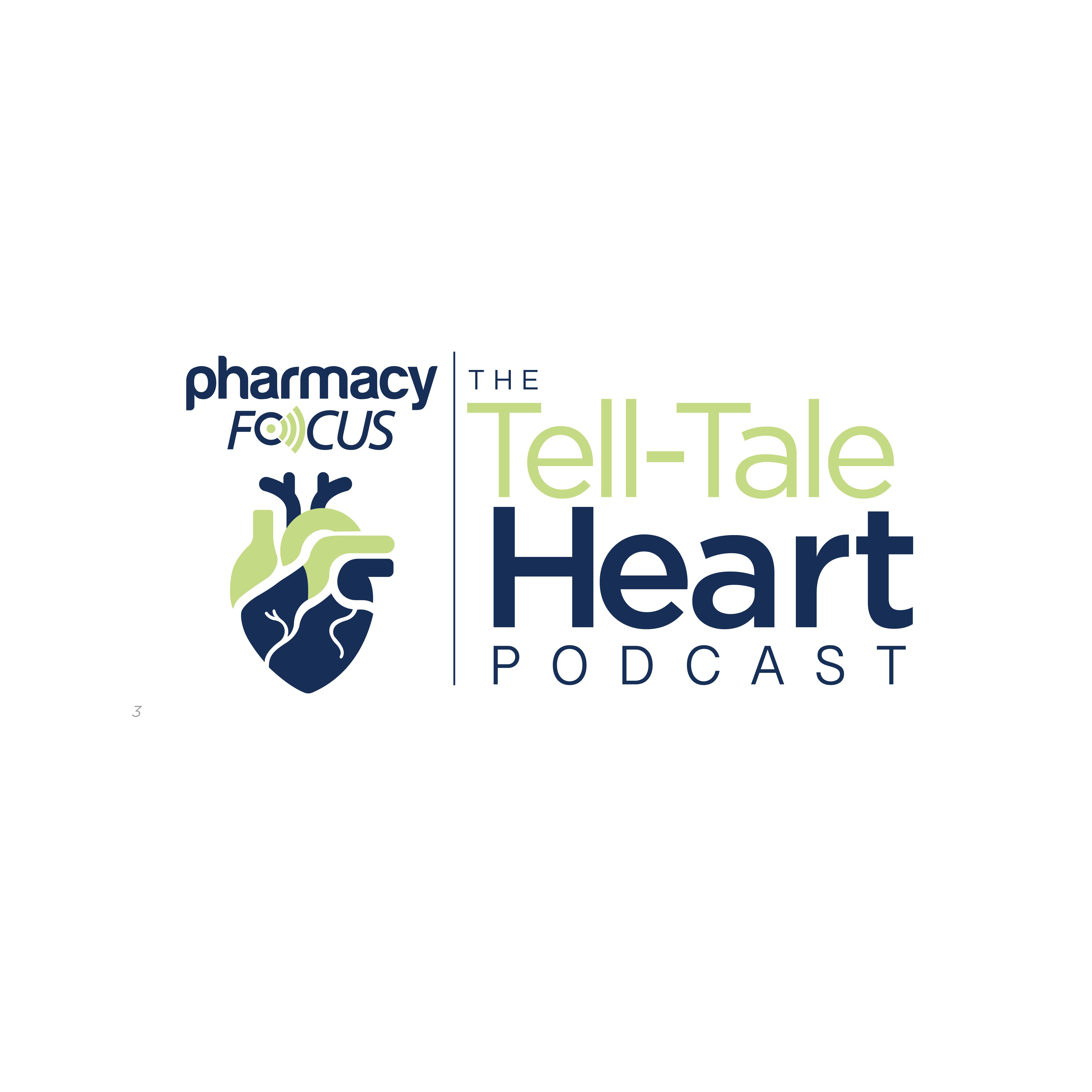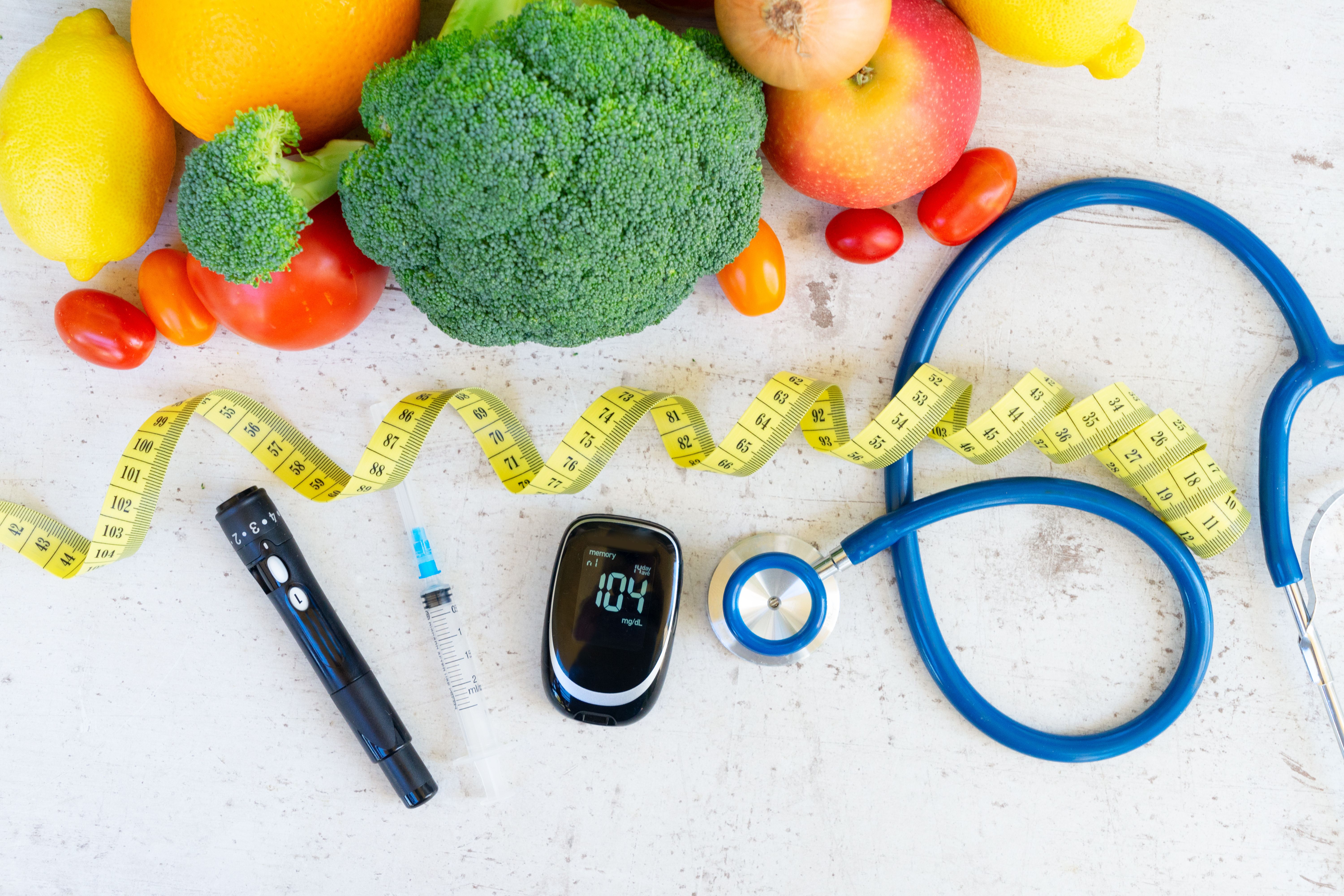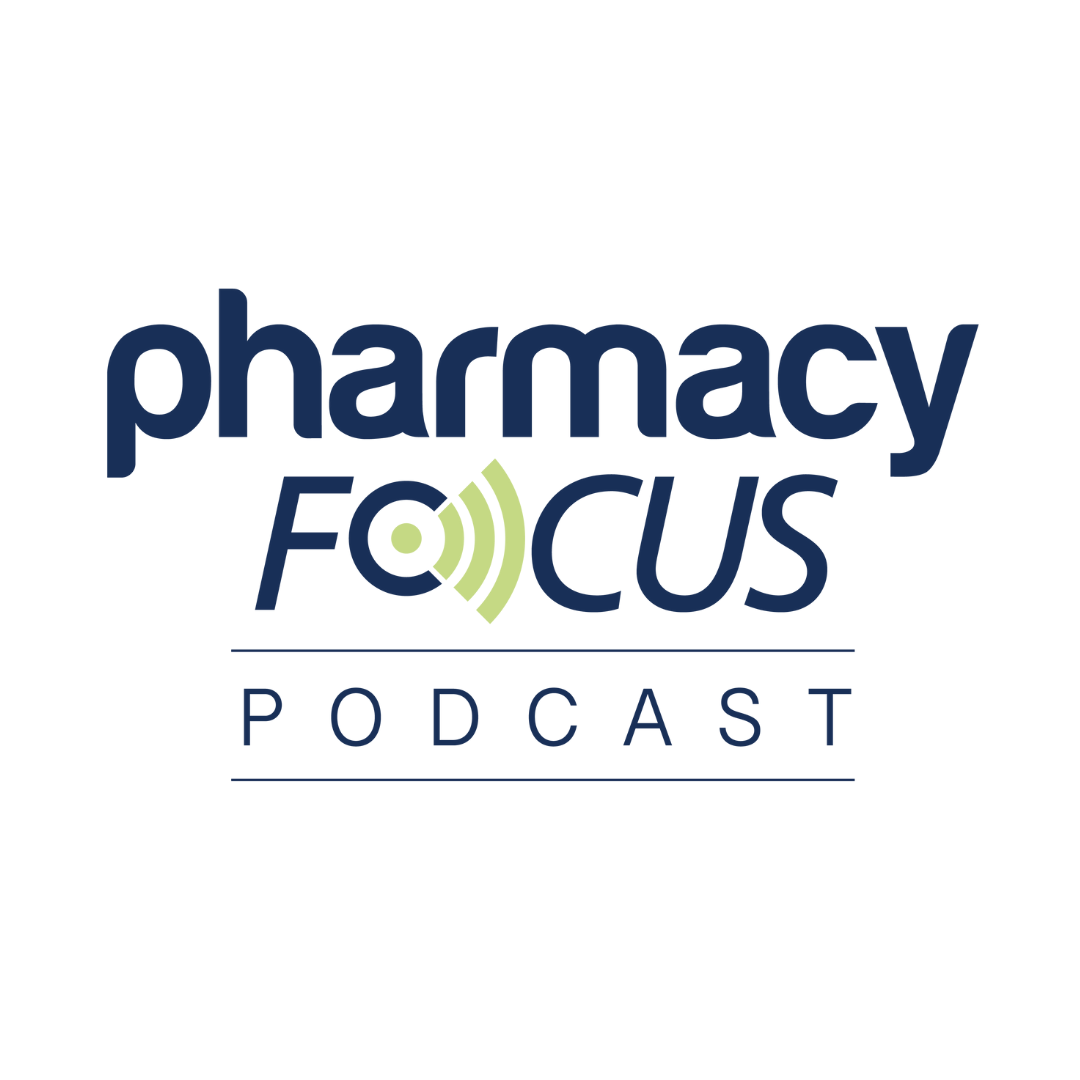
Article
Continued Disparities Related to Age, Sex, Race, Ethnicity, Socioeconomic Status Exist in COVID-19 Booster Uptake
Author(s):
Less than half of fully vaccinated individuals in the United States have received a COVID-19 booster dose, with lower uptake rates among individuals with less education, lower socioeconomic status, and current enrollment in Medicaid.
With only 48.5% of those who had been fully vaccinated nationwide having received a booster dose and significant disparities among geographic, occupational, and sociodemographic groups, COVID-19 booster uptake is low, according to a study recently published in JAMA Network Open. Continued disparities exist, as boosted individuals were more likely than non-boosted individuals to be male, Asian, more educated, have a higher income level, older, live in the Northeast, and work in hospitals.
Though the CDC recommends that all individuals 12 years of age or older receive a COVID-19 mRNA vaccine booster dose 5 months after completion of an initial vaccination series, not all eligible individuals receive their booster vaccines. Researchers conducted a study to describe the geographic, occupational, and sociodemographic variations in uptake of COVID-19 booster doses among fully vaccinated US adults.
“Understanding geographic, occupational, and sociodemographic differences in receipt of booster doses among the fully vaccinated population can help inform targeted efforts to increase coverage,” they wrote.
The cross-sectional survey study sourced data from the Household Pulse Survey conducted from December 1, 2021, to January 10, 2022. The Household Pulse Survey is an online, probability-based survey conducted by the US Census Bureau, designed to yield estimates nationally, by state, and across selected metropolitan areas. A total of 135,821 adults completed the survey.
The survey found that 48.5% of those who had been fully vaccinated nationwide had received a booster dose (state-specific range, from 39.1% in Mississippi to 66.5% in Vermont). Variations were seen across geographic locations, occupation types, and other sociodemographic characteristics.
Nationally, the proportion of boosted adults was highest among non-Hispanic Asian individuals (54.1%); those 65 years of age or older (71.4%); those with a doctoral, professional, or master’s degree (68.1%); those who were married with no children in the household (61.2%); those with annual household income of $200,000 or higher (69.3%); those enrolled in Medicare (70.9%); and those working in hospitals (60.5%) or in deathcare facilities (eg, funeral homes; 60.5%). Conversely, the survey indicated that only one-third of those who ever received a diagnosis of COVID-19, were enrolled in Medicaid, working in pharmacies, with less than a high school education, and aged 18 to 24 years were boosted.
However, booster coverage widely varied even for workers in the same industry. Within health care facilities nationwide, booster coverage was nearly 25 percentage points higher among those working in hospitals compared with those working in a pharmacy, despite similar rates of initial vaccination completion.
The authors suggest that this variability in the uptake of booster doses reflects the greater volition in individuals’ decision to receive the vaccine, in contrast to the initial vaccination series for which mandates existed in many settings.
Fully vaccinated individuals who were also COVID-19 survivors had a 30% lower likelihood of getting a booster dose compared with those with no history of SARS-CoV-2 infection, suggesting that the perception of low susceptibility to COVID-19 or perceived protection from infection-induced immunity may explain relatively low uptake of booster doses, according to the study authors.
The survey found that uninsured individuals were significantly less likely to receive a booster dose compared with those with insurance. Individuals reporting financial difficulties had half the booster coverage of those reporting no financial difficulty.
Booster coverage was also observed to decrease with less education. Booster coverage was double among those with a doctoral, professional, or master’s degree than those with less than a high school education.
These findings indicated that socioeconomic barriers may limit uptake of booster doses, despite the vaccine being free in the United States. The authors note that scheduling a visit, getting time from work, getting transportation, or overcoming language barriers may be some of these barriers.
They recommend providing mobile vaccination clinics within low-income neighborhoods on a walk-in basis and launching multilingual awareness campaigns as a potential method to benefit public health. Overall, they suggest that intensified efforts to increase coverage of booster doses may benefit public health by averting excess premature morbidity and mortality from COVID-19.
The study has some limitations, including a cross-sectional design that means only associations, not causation, can be inferred. The design also prevented researchers from teasing apart age, period, and cohort effects, including timing of diagnosis and vaccination. Therefore, they were unable to determine whether people got boosted in response to having been infected or got infected despite having been boosted.
Additionally, the proportion of boosted individuals among the subpopulation of immunocompromised individuals may have been overestimated. The CDC recommends that individuals who are immunocompromised should receive a third primary dose, and the researchers were unable to discriminate between a third dose that was a primary dose or a booster; however, the magnitude of this bias is likely small.
Reference
Agaku I T, Adeoye C, Long T G. Geographic, occupational, and sociodemographic variations in uptake of COVID-19 booster doses among fully vaccinated us adults, December 1, 2021, to January 10, 2022. JAMA Netw Open. 2022;5(8):e2227680. doi:10.1001/jamanetworkopen.2022.27680. Published August 19, 2022. Accessed August 19, 2022.
Newsletter
Stay informed on drug updates, treatment guidelines, and pharmacy practice trends—subscribe to Pharmacy Times for weekly clinical insights.
2 Commerce Drive
Cranbury, NJ 08512
All rights reserved.





